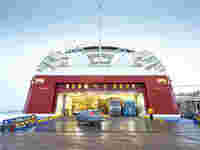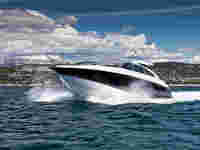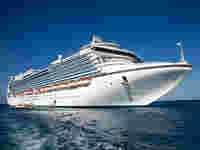The name Hatlapa stands for high-quality deck machinery from MacGregor, a subsidiary of Cargotec, a Finnish specialist in freight handling solutions. For almost a century, compressors, steering gear, and winches bearing the venerable trademark, Hatlapa, have been developed and manufactured in Uetersen. The portfolio includes mooring and anchor winches for merchant shipping, specialized winches for research purposes, and large, offshore winches. The output range of the electric winches extends from a few kilowatts up to 1 megawatt; the latter are used, for example, during anchor handling at oil platforms.
Up until the end of 2013, the proportional valve controller installed in the Hatlapa hydraulic winches was developed in-house. It consisted of an open-source PCB with high-resolution potentiometers, an analog card and, depending on the application, an additional digital card. Using this valve controller, operators could switch the magnetic current on and regulate between a minimum and a maximum value. Henrik Schädel, electrical engineer at MacGregor Hatlapa in Uetersen, did not consider this a satisfactory solution. “Previously, it took three people using radio sets to operate one winch: one turned the potentiometers on the bridge; another watched what was happening within the machine housing on deck; and the third was in the engine room, adjusting the setting on the control cards in the control cabinet. For our largest project to date, there were a total of 101 steps between the engine room and the bridge. In cases like this, setting the parameters for the winches required several long stretches.
MacGregor Hatlapa and WAGO enjoy a long-term business relationship, which extends from connection technology increasingly into automation. The high point so far is the collaboration on the module developed for proportional valves for the WAGO 750 I/O SYSTEM.





